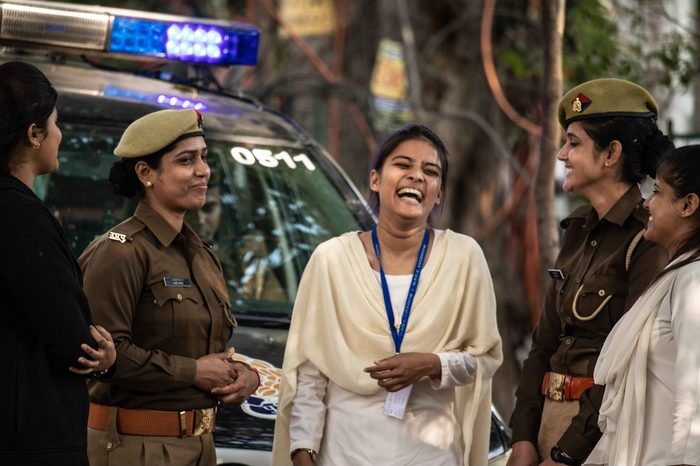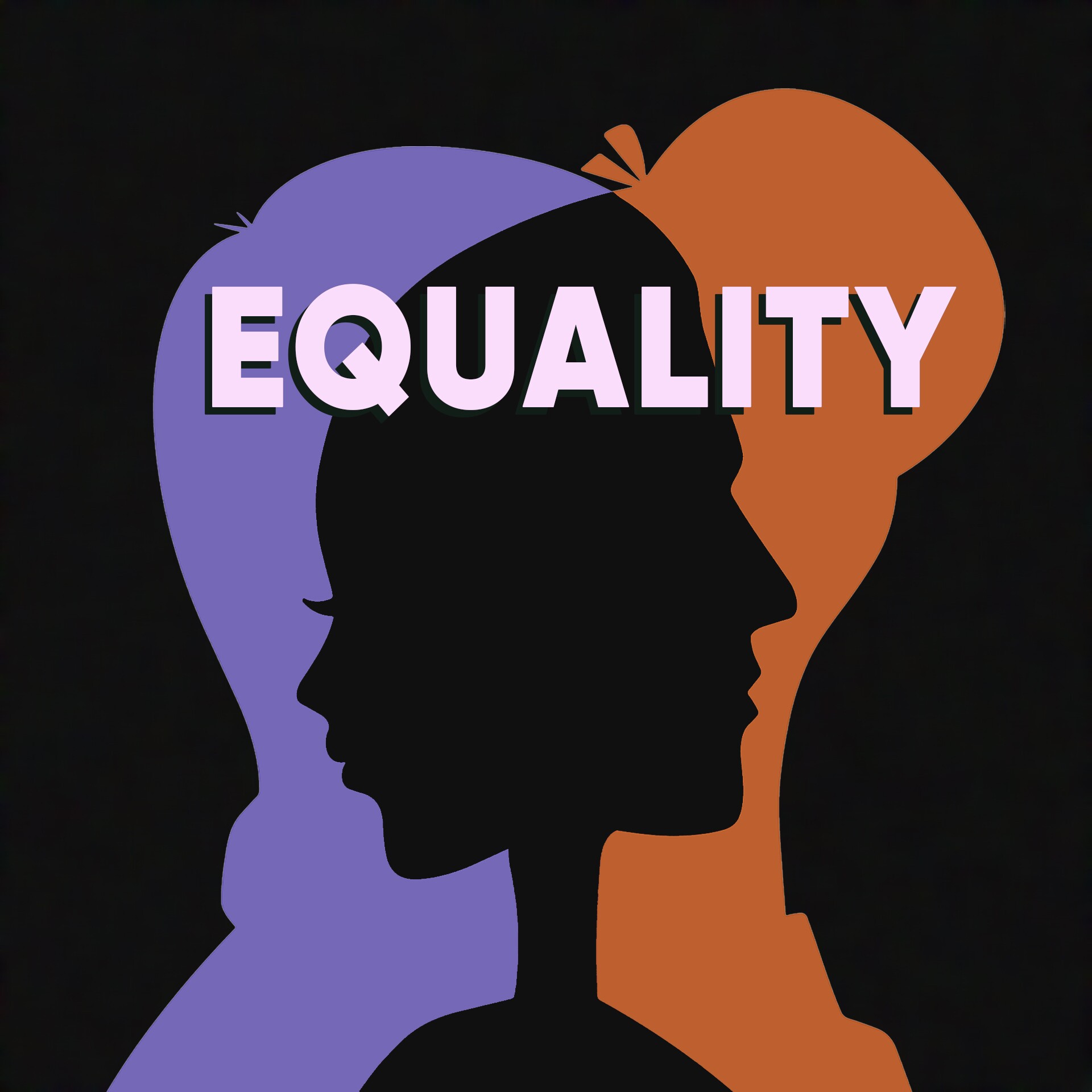CATEGORIES
#Breaking Stereotypes #DEI #Social ImpactOverview:
- This article delves into the depths of the Indian legal system, exposing the presence of gender bias within its statutes.
- From gaps and biases in statutory law to the detrimental effects of judicial stereotyping, we uncover the systemic hurdles hindering justice and equality.
- Looking towards a brighter future, we discuss steps to foster a more justiciable legal system.
- By recognizing and addressing the biases embedded within statutes and court processes, we can pave the way for a more inclusive and fair legal framework that upholds the principles of equality and justice.
Gaps and Gender Biases in the Statutory Law
In a nation that prides itself on its commitment to justice, equality, and fairness, a disheartening reality persists. From the hallowed halls of justice to the intricate web of statutes, gender inequality lurks, casting a shadow on the realization of fundamental rights for all. In this article, we shall explore the gender biases that are woven into the very fabric of the Indian Legal system, that are yet often overlooked.
As a country aspiring to uphold justice, equality, and fundamental rights, it is crucial to acknowledge the existing gaps and biases within India’s statutory law. Despite progressive legislation and constitutional provisions, disparities persist, impeding the attainment of true gender equality.
For instance, several provisions in statutes and codes such as the Indian Penal Code, the Code of Criminal Procedure and the Code of Civil Procedure use masculine terminology. “He/him and his” pronouns are employed throughout statutes, to refer to persons generally, reinforcing the idea of men as the default.

Section 375 of the Indian penal code deals with rape. Section 375 only recognizes women as the victims of rape and men as perpetrators. This leaves out a large portion of the victims – male victims of rape have no recourse and people who have been raped by women, do not have any access to justice. Legally, you have to be a man to rape and a woman to be raped!
Some laws (such as the Sexual Harassment of Women at Workplace Act 2013) specifically aim to address gender-based discrimination and violence against women. However, there are no corresponding laws for men! Such failures reinforce gender stereotypes and fail to recognize that both men and women can be victims or perpetrators in certain situations.
Further, issues related to Divorce, inheritance, succession, and marriage in India are usually governed by religious personal laws such as the Hindu Succession Act, Muslim Personal Law, and Christian Personal Law. These laws often contain provisions that are discriminatory towards women. For instance, most personal laws pertaining to inheritance and succession use gender-specific language that favors male heirs. Terms like “son,” or “male lineal descendant” are employed, excluding women from inheritance rights or limiting their claims to ancestral property.
Under the current legal framework, transgender people are compelled to obtain a ‘Gender Identity Certificate’ to “establish” their gender identity officially. This certificate is typically issued through a complex and extremely invasive process that involves medical examinations, psychological assessments, and scrutiny by government authorities.
Numerous biased laws often go unnoticed. The harmful effects of bias in statutory law cannot be overlooked. They perpetuate inequality, reinforce stereotypes, and deny individuals their fundamental rights and opportunities.
Judicial Stereotyping and the Role of Indian Courts
Judicial stereotyping and gender bias cast a shadow, hindering the path to a truly equitable society. Sometimes, Judges may unknowingly harbor preconceived notions and biases that influence their perspectives on credibility, behavior, and roles based on gender. These deep-rooted biases undermine the fundamental principle of equal treatment before the law, impeding the very essence of justice.
Judicial stereotyping is a result of judges associating particular characteristics with a social group. The continued use of stereotypes in court decisions demonstrates the absence of accountability in the Indian legal system to address judicial stereotyping.

Although there have been several positive judgments and decisions that have changed India’s social and political landscape for the better – such as the Navtej Singh Johar case (decriminalized consensual same-sex relationships) and the Vishakha case (addressed workplace sexual harassment and set up guidelines, paving the way for subsequent legislation). The journey is still far from over.
On June 22 in Sri Rakesh B vs State of Karnataka, the learned judge while granting anticipatory bail to a person accused of rape said that it is “unbecoming of an Indian woman” to “fall asleep” after the rape and that it is not the way “our women react when they are “ravished”.
Similarly, on October 29, 2020, the Madurai Bench of the Madras High Court granted bail to a man charged with raping and impregnating a 17-year-old girl under the POCSO Act, with the condition that he marry the girl once she becomes 18 and reaches the age of majority! There have been several instances where the Courts have reinforced patriarchal notions and stereotypes to the detriment of women’s safety and against the principles of justice.
The ripple effects of gender bias are intrinsically woven into the fabric of legal interpretation, resulting in judgments that disadvantage women and other marginalized groups.
Outdated notions of consent, victim behavior, and societal gender roles seep into legal interpretations, entrenching unfair outcomes, victim blaming and perpetuating gender bias within the legal system.
Steps To Reframe Indian Legal System
The Indian legal system has made significant strides in upholding justice, protecting rights, and promoting equality. However, challenges such as judicial stereotyping, gender bias, and gaps in statutory laws persist. In order to move towards a more justiciable legal system that ensures equal rights and opportunities for all, it is essential to address these issues and chart a path forward. A few measures that could be adopted for a more inclusive and equitable legal framework include:
1. Sensitizing the Judiciary
Efforts need be made to sensitize judges and legal professionals to recognize and challenge their own biases. Training programs and workshops can be conducted to promote awareness about gender stereotypes, unconscious biases, and their impact on the administration of justice. By fostering a culture of sensitivity and inclusivity, the judiciary can play a proactive role in combating gender bias and ensuring fair and equitable treatment for all individuals.
2. Enhancing Legal Education
Law schools and legal institutions should integrate gender studies and courses on intersectionality within their curricular. By providing comprehensive legal education that addresses gender issues, students can develop a nuanced understanding of gender equality and become advocates for change.

3. Strengthening Legislative Measures
Addressing gaps in statutory laws is crucial to eliminating gender bias. Lawmakers must review existing legislation to identify discriminatory provisions and amend them to ensure gender neutrality and equal protection under the law.
4. Increased Representation
The representation of women and other gender and sexual identities in the Judiciary and the Legislature has been abysmal. There have been only 11 women judges on the Supreme Court since its inception, and no women Chief Justices. Just 83 of the 680 judges in the high courts are women. Increasing the number of women judges and lawyers not only brings diverse perspectives to the decision-making process but also contributes to the legitimacy and fairness of the legal system.
Conclusion:
It is evident that there is much left to be done to achieve true equality and justice. The existence of gender biases, whether subtle or overt, undermines the foundational principles of fairness and impartiality that underlie the very essence of the Indian Constitution. Ultimately, the path to a more just and equitable legal system requires collective efforts from all stakeholders – the judiciary, legal professionals, lawmakers, civil society, and citizens. By joining forces, challenging gender biases, and advocating for gender-responsive justice, we can forge a future where the legal system acts as a beacon of fairness, equality, and empowerment for all, irrespective of their gender.


